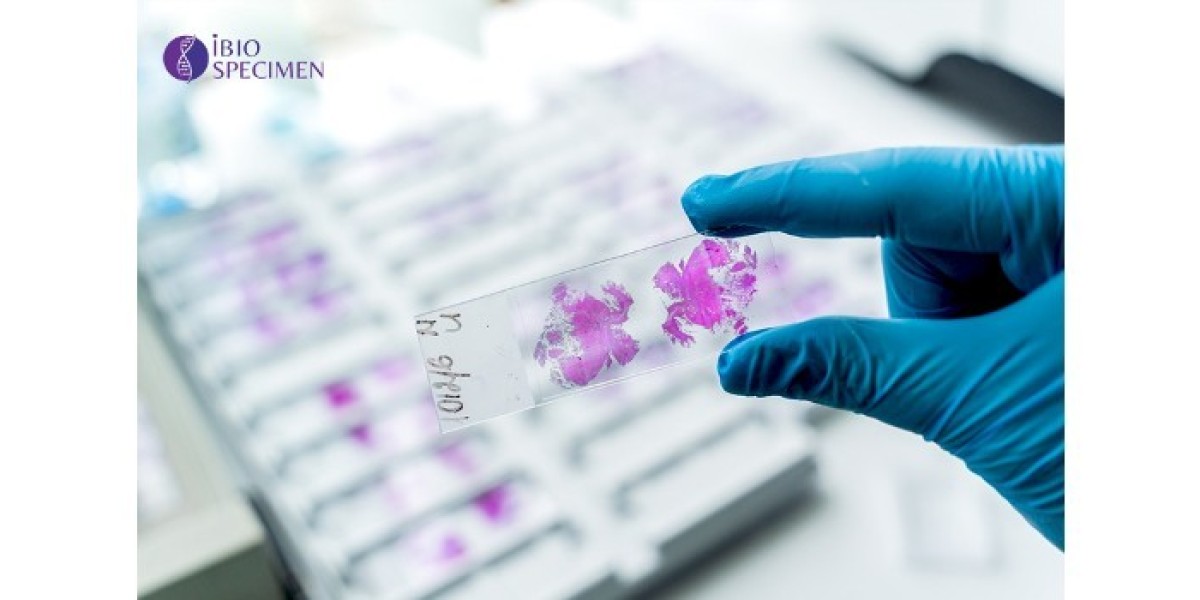In the ever-evolving landscape of medical research, the utilization of human FFPE tissue samples has become an integral part of scientific exploration and discovery. These tissue samples, preserved through a meticulous process, hold immense potential for advancing our understanding of diseases, treatment development, and diagnostic accuracy. In this comprehensive article, we delve into the significance, applications, and future prospects of human FFPE tissue samples in the United States.
Unlocking the Power of Preservation
Preservation Techniques
Human FFPE tissue samples owe their significance to the preservation techniques employed. The process begins with the fixation of tissue specimens in formalin, a formaldehyde solution. This fixation stabilizes the tissue structures, preventing decomposition and degradation. Subsequently, the samples are embedded in paraffin wax, allowing them to be stored at room temperature for extended periods without deterioration.
Historical Relevance
Formalin fixation was first introduced in the late 19th century by Ferdinand Blum, revolutionizing histopathology. Since then, it has played a pivotal role in medical research, enabling scientists to revisit archived samples for retrospective analysis and providing invaluable insights into the history of diseases.








